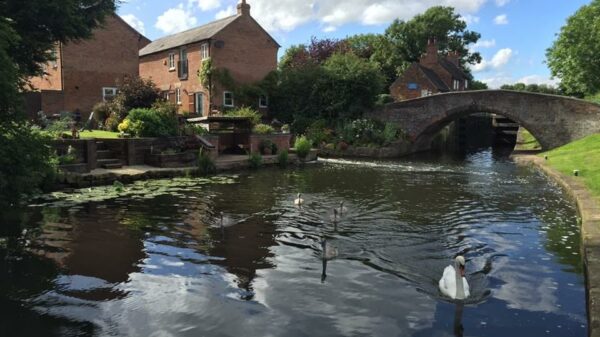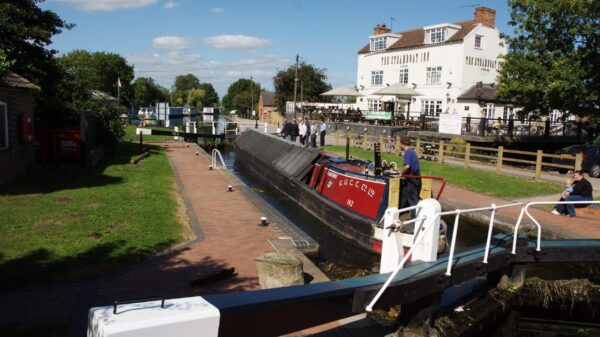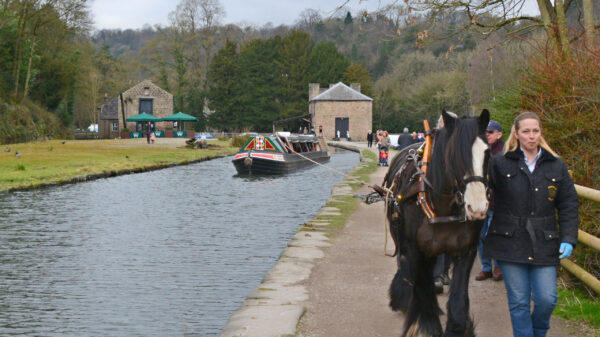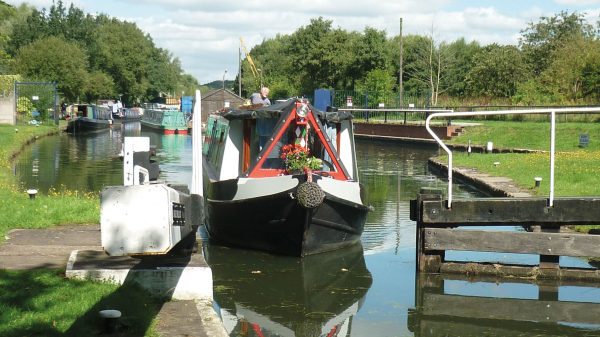About the Erewash Canal
The Erewash Canal runs north from Trent Lock at the junction of the River Trent and the River Soar Navigation. After an Act was passed in 1776 authorising the construction of the Soar Navigation from the River Trent to Loughborough, a group of local landowners and businessmen started to look at linking the Derbyshire coalfields to the Trent. Work began the following year and the Erewash Canal was completed in 1779.
The Canal was successful from the start with coal, quarry stone, bricks and metal products being the major traffics. At Langley Mill, the Cromford Canal joined in 1794 and the Nottingham Canal made a connection two years later just above the last lock of the Cromford. This became known as the Great Northern Basin. The canal was bought as a going concern by the Grand Union Canal Company in 1932 as part of their expansion schemes. It was due to Stanton Iron Works that the canal remained viable for so long with bombshells being carried during World War II but the last regular commercial carrying was in 1952.
In 1968 the Erewash Canal Preservation & Development Association was formed in response to a threat by the British Waterways Board to close the canal. In just five years following its formation the Association not only saved the canal but also restored Langley Bridge Lock and the Great Northern Basin with the swing bridge over the stub of the Nottingham Canal. The reopening was celebrated with a boat rally at Langley Mill in 1973.
[The photo shows a boat leaving Langley Mill Basin – by Debbie Mullier]






